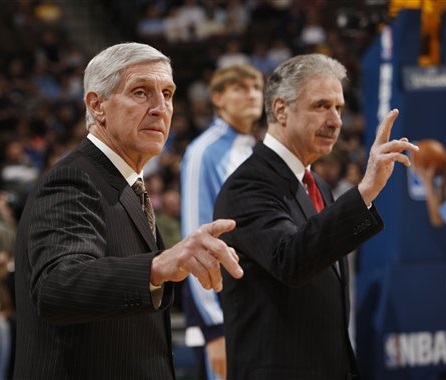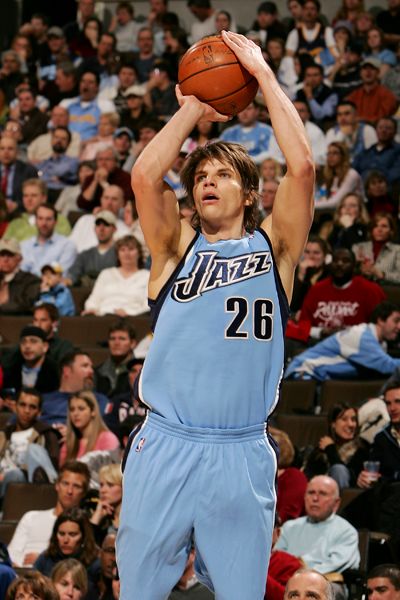
During Tuesday afternoon’s press conference, Jerry Sloan credited a recommendation – from Phil Johnson to Frank Layden – as the main reason he ended up as an assistant in Utah under Frank Layden. One thing that’s often overlooked is just how many times Jerry Sloan’s and Phil Johnson’s coaching careers have intertwined.
While it’s not uncommon for head coaches to forge strong relationships with brilliant assistants (Phil Jackson/Tex Winter), the coaching careers of Jerry Sloan and Phil Johnson not only reflect dedication, loyalty, and longevity, but also an almost absurd pattern for crossing paths over the past 45 years.
It began 1954 in Grace, Idaho. Phil Johnson would play 7th-grade basketball under a 23-year old middle school basketball coach named Dick Motta. And that was only the beginning. By 1962 in Ogden, Utah – Motta had become the head coach at Weber State. Motta would go on to win 935 games in the NBA and crossed paths with Sloan by first coaching Jerry in Chicago and then offering him a lucrative position as his top assistant on the Mavericks in the 80’s – which Sloan turned down out of loyalty to Frank Layden (similar to how Phil Johnson would turn down head coaching opportunities – Pacers/Nuggets – out of loyalty to Jerry).
Starting in 1964, Phil Johnson became one of Dick Motta’s top assistants at Weber State, and would replace Motta as head coach when Motta left to coach the Bulls (Sloan was named an all-star in Motta’s first season in Chicago). As head coach at Weber State, Johnson took the Wildcats to 3 consecutive NCAA tournaments before he accepted a position as an assistant with Motta in Chicago (where he would coach Jerry during the second half of Sloan’s playing career).
Phil Johnson then left Chicago to become head coach of the Kings where he won Coach of the Year in his second season. He was fired after 5 seasons with the Kings, and returned to Chicago in 1979 as an assistant under recently named head coach Jerry Sloan. Johnson and Sloan would coach together in Chicago until they were both fired in 1982. Phil then returned to Utah where he became an assistant to Frank Layden with the Jazz while Sloan took on various scouting positions.
In 1984, the Kings again offered Johnson their head coaching position, and when Phil left Utah for Kansas City, Frank Layden replaced him on the bench with Jerry Sloan – whom Johnson recommended. When Jerry Sloan replaced Frank Layden in 1988, he hired Phil as his lead assistant and the two coached together for the next 22 ½ seasons – until they both offered their resignations Tuesday.
As disappointing and unfair as their departure from the Utah Jazz is, it was only fitting they left together.









